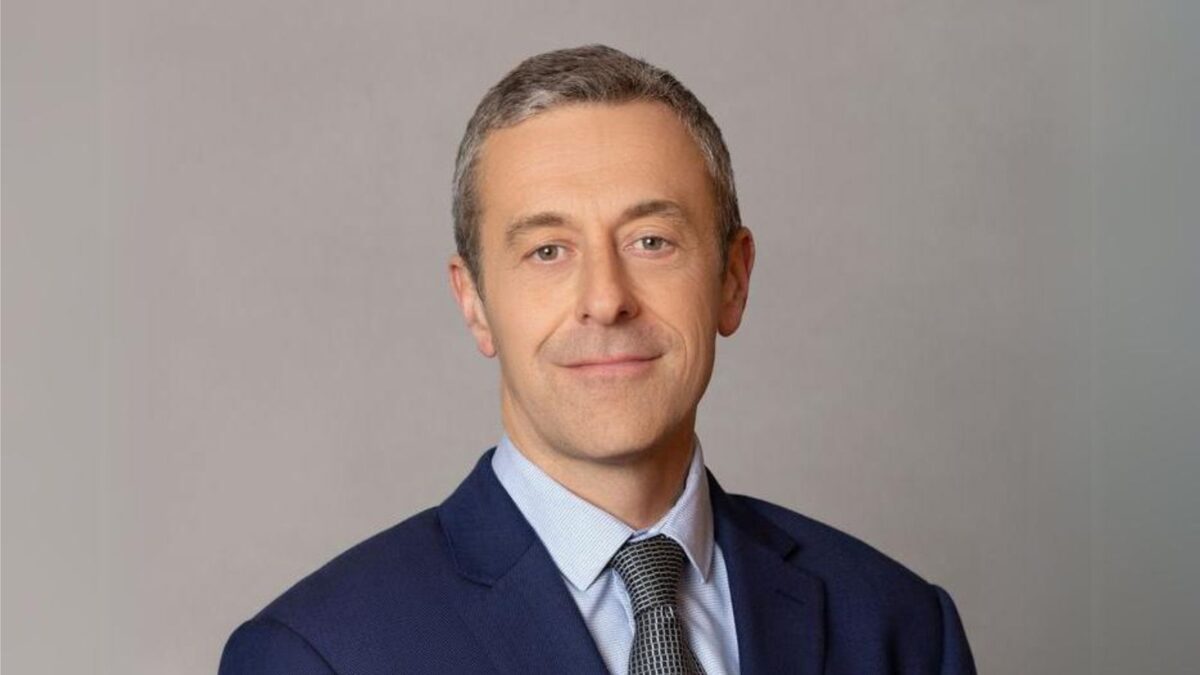Alternative fixed income managers win in persistence stakes
Everyone knows it’s a struggle for active managers to prove they can persistently outperform their benchmarks. In the 1980s, Mercer published a report which showed that you would be better off appointing last year’s worst-performing manager, for balanced funds, than the top-performing one. But the world is now more nuanced and complex.
According to the latest ‘S&P Persistence Scorecard’ report from S&P Dow Jones Indices, relatively few funds, in the US at least, can consistently stay at the top of their peer-performance charts. And, as has been previously shown by other researchers, fixed income managers have a better chance to consistently outperform than equities managers.
The report says:
Out of 568 domestic (US) equity funds that were in the top quartile as of March 2015, only 1.94 per cent managed to stay in the top quartile at the end of March 2017. Furthermore, 0.92 per cent of the large-cap funds, 2.38% of the mid-cap funds, and 2.26 per cent of the small-cap funds remained in the top quartile.
- For the three-year period that ended in March 2017, persistence figures for funds in the top half were equally unfavourable. Over three consecutive 12-month periods, 23.45 per cent of large-cap funds, 11.38 per cent of mid-cap funds, and 22.10 per cent of small-cap funds maintained a top-half ranking.
- An inverse relationship generally exists between the measurement time horizon and the ability of top-performing funds to maintain their status. It is worth noting that no large-cap, mid-cap, or small-cap funds managed to remain in the top quartile at the end of the five-year measurement period. This figure paints a negative picture regarding long-term persistence in mutual fund returns.
- Similarly, only 4.03 per cent of large-cap funds, 5.88 per cent of mid-cap funds, and 5.75 per cent of small-cap funds maintained top-half performance over five consecutive 12-month periods. Random expectations would suggest a repeat rate of 6.25 per cent.
In another interesting statistic, a top-performing fund was more likely to move to the bottom than a bottom-performing fund to the top over a five-year time horizon.
On the variations between asset classes, the report, authored by Aye Soe, S&P’s global director of research and design, and Ryan Poirer, a senior analyst in the research and design department, says: “Compared with domestic equity funds, there was a higher level of performance persistence among the top-quartile fixed income funds over the three-year period ending March 2017. Government Short, Global Income, and Emerging Markets funds were the only categories in which the results showed no performance persistence.
“Over the five-year measurement horizon, the results show a lack of persistence among nearly all the top-quartile fixed income categories, with a few exceptions. Funds investing in short-term government bonds, long-term investment-grade bonds, mortgage-backed securities, general municipal debt, and California municipal debt were the only groups in which a noticeable level of persistence was observed.”









